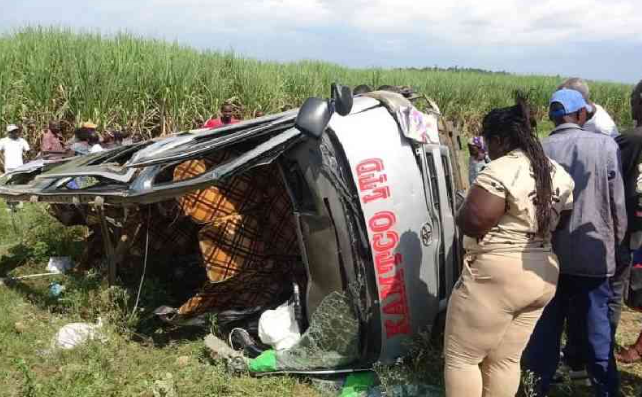When a road accident occurs, only one or two reasons for the crash tend to make the headlines. However, road safety advocates argue that there are numerous strategies to prevent accidents, drawing on international best practices. The Safe Systems Approach, as outlined by stakeholders, comprises five key elements: safe road users, safe vehicles, safe speeds, safe roads, and post-crash care.
This integrated system of road design and safety has been effectively implemented in countries like the Netherlands and Sweden. It takes a comprehensive look at the various factors contributing to a road crash, rather than solely blaming the driver.
Bright Oywaya, who became wheelchair-bound after an accident, emphasized that most accidents could be avoided if all stakeholders contribute to road safety. “Let us not be quick to blame the driver as we often do after a road crash. Instead, we should examine the entire incident, including the condition of the road and vehicle, as well as driver behavior. This way, we can communicate effectively with communities and stakeholders,” she stated.
Oywaya serves as the executive director of the Association for Safe International Road Travel-Kenya and was formerly the board vice chair of the National Road Safety Action Plan 2024-2028, established by the National Transport and Safety Authority (NTSA). She made these comments during a two-day road safety reporting training workshop organized by Science Africa and the World Health Organization.
Regarding footbridges, she urged journalists and road safety experts to investigate why they are not being fully utilized. “We need to design our roads with people in mind by incorporating pedestrian walkways, well-marked road signs, and zebra crossings, along with traffic calming measures, instead of focusing solely on vehicles. Currently, this design leaves no space for pedestrians, who are the majority and the most vulnerable road users,” she added.
The road-user approach identifies human error as a major contributor to crashes and highlights road users as primary offenders. It encompasses training, raising awareness, and enforcing legislation against drunk driving. Additionally, the push for safe road users advocates for the use of protective gear, particularly for boda boda riders and their passengers.
Motorists rank as the second highest casualties after pedestrians, largely due to careless driving, untrained riders, and the failure to purchase and wear quality helmets. In Kigali, Rwanda, the mandatory use of helmets has significantly reduced fatalities in the country.



